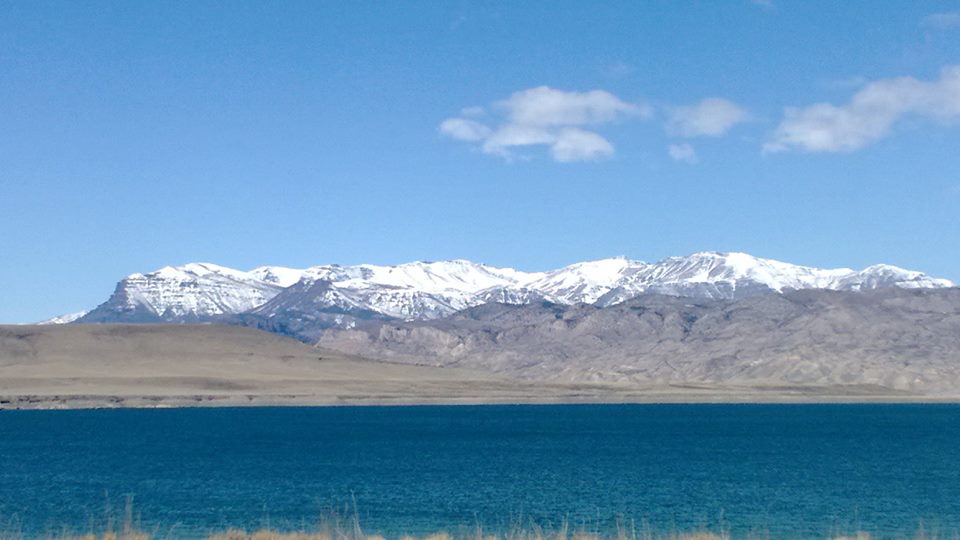There’s a lot more snow above Cody – that means a lot more melt.
The Bureau of Reclamation Office in Billings has released an updated list of their snow-melt predictions for the entire Bighorn River Basin. The report lists the forecasted acre-feet of water for six major bodies of water in the Basin – Bighorn Lake, Boysen Reservoir, Bull Lake Reservoir, Bull Lake Creek, Wind River, and of course, the Buffalo Bill Reservoir.
When we first covered this story on KODI, The April through July inflow to Buffalo Bill Reservoir was forecast at 675,000 acre feet of water – 91 percent of the 30 year average of 742,600 af. Now, nearly two months later, the snowmelt forecast is 840,000 af, which is 113% of the 30-year average of 742,600 acre feet. That’s a little bit more than before. And we haven’t even gotten into spring yet.
Here’s the full updated forecast for 2020’s snow felt in the Bighorn Basin:
- Bighorn Lake – Bighorn River April through July inflow to Bighorn Lake is forecast to be approximately 1,458,700 acre-feet (af), which is 116% of the 30-year average of 1,256,400 af.
- Buffalo Bill Reservoir – Shoshone River April through July inflow to Buffalo Bill Reservoir is forecast at 840,000 af, which is 113% of the 30-year average of 742,600 af.
- Boysen Reservoir – Wind River April through July inflow to Boysen Reservoir is forecast at 700,000 af, which is 113% of the 30-year average of 617,400 af.
- Bull Lake Reservoir – April through July snowmelt runoff into Bull Lake Reservoir from Bull Lake Creek is expected to be 145,000 af, which is 101% of the 30-year average of 143,800 af.
- Wind River – April through July snowmelt runoff into the Wind River above Bull Lake Creek is expected to be 475,000 af, which is 108% of the 30-year average of 437,900 af.










